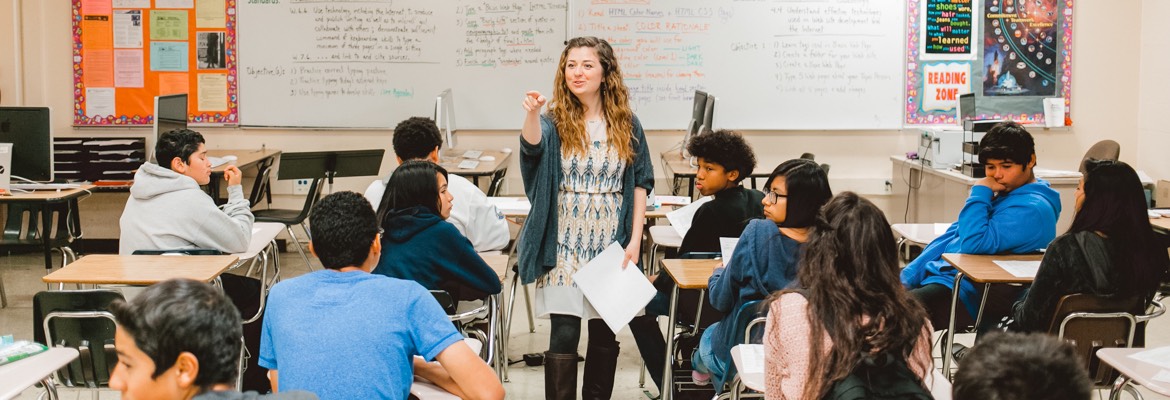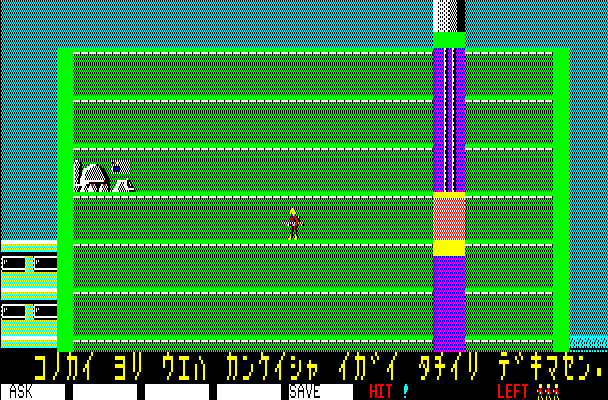
Easy to set up
It is easy to introduce place values by creating a game with a painter’s grid on the floor. Label each box with the value it represents. Next, draw number cards onto the tape to represent numbers.
This game can be enjoyed by children of all abilities and ages. It allows children to connect abstract numbers with the real world. It boosts mental ability and confidence by increasing pupils' abilities to visualize and divide numbers.
Play is fun
This fun place value game can be used to introduce number placement to children. Each player takes a number card and matches it with the number on their mat. As decimal numbers are added to the mix, the challenge becomes more complex. Children can also count the days of school with counters, adding more numbers as the years progress.

This game is a great way to get students out of their desks and start working on place value. They then use a key to determine the letter corresponding to each number. Students can either play the game solo, with a buddy, or in small groups.
Children learn about place value.
Use money as a visual tool to teach place values to your children. It is common for children to understand that ten pennies equals a dime. Therefore, you can use that concept when explaining place value. You can also use groupings of values by using money as a visual tool.
Children should be taught the concept of place value when they use the four operations to solve large numbers. It helps them to understand the reasoning behind all four operations and makes it much easier for them to come up with the correct answer. Children can learn to solve problems easily by using methods such the column method and bus stop method. All of these involve looking at each individual digit individually and understanding how place value affects the total result.
This is a great option for older children
This place value game demands concentration and speed. Older kids can order the pins to create the highest number. You will need three number cards and a deck with playing cards, UNO or WILD cards. You will need larger numbers to make this activity work. After all, you're trying to get your students to add and subtract digits.

You can set up a large playing field, or use a grid of random multi-digit numbers. Have the students hop to the right number with a verbal prompt. You can also mix and match their actions by walking on one foot or crab walking. You can introduce this place value game in a summer-themed unit or you can do it on its own.
Great for home practice
Place value games can be a great way for students to reinforce concepts such as place value. These games help students to remember the numbers and their relationships. This game also reinforces the concept that numbers on the left of a number line are smaller than those on the right. As they move along the game board, the student must fill in the number in the middle.
A place value game can also be used at home. A large playing field can be drawn with chalk, and a grid of random multi-digit numbers can be added. The students can hop to the correct number verbally by prompting them. A second variation is for students to use pompoms to represent tens, ones, and wooden craft sticks or to represent numbers.
FAQ
What are the differences between early childhood education?
There are many ways you can describe early childhood education. Here are some of the most commonly used ones:
-
Preschool - Children ages 2 to 5
-
PreKindergarten- Children from 4-6 years of age
-
Head Start/Headstart for Children Ages 0-3
-
Day Care/ Daycares: Children 0-5
-
Child Care Centers for Children from 0-18
-
Family Childcare - Children between 0 and 12 Years Old
-
Homeschooling – Children from KG up to 16
How long should I study each semester?
The amount of time that you spend studying depends on several factors.
These factors are not the only ones. Some schools may also require you to take certain classes each year. This means you won't necessarily have the flexibility to take fewer courses in a given semester. Your advisor can advise you on the courses that you must take each semester.
How much does homeschooling cost?
Homeschooling does not require you to pay a set fee. Some families charge between $0-$20 per lesson. Other families offer no-cost services.
Homeschooling takes dedication and commitment. Parents need to make sure they have enough time to spend with their children.
They should also have easy access to books, supplies, as well as other learning tools. Many homeschoolers have to make use of community programs and events in order to enhance their curriculum.
Parents must consider the costs associated with transportation, tutors, and extracurricular activities.
Homeschoolers also need to plan for field trips, vacations and special occasions.
Do you have to go to college in order become an early education teacher?
No, but you might want to consider going to college to prepare yourself for a future career in the field.
It is crucial to realize that teaching is not an easy job. There are lots of applicants who aren't accepted into programs each year. Many people also leave college after only one semester.
To become a teacher, you must also meet certain qualifications.
What is the difference between private schools and public schools?
All students can attend the public school for no cost. They offer education from kindergarten to high school. Tuition fees are charged by private schools for each student. They provide education for students from pre-school through college.
There are charter schools that are both privately operated and publicly funded. Charter schools don’t follow traditional curriculum. They give students more freedom and allow them to pursue their interests.
Charter schools are very popular with parents who believe that all children should have equal access to education, regardless of their financial circumstances.
What is an alternative school?
An alternative school is a school that offers students with learning difficulties education with the help of qualified teachers who are sensitive to their individual needs.
Alternative schools provide special education opportunities for children with special needs.
Additional support is available if needed.
Alternative schools do not exist for students who are exclusion from mainstream schools.
They are available to all children, regardless of their ability or disability.
Statistics
- These institutions can vary according to different contexts.[83] (en.wikipedia.org)
- They are more likely to graduate high school (25%) and finish college (116%). (habitatbroward.org)
- Think of the rhetorical power of nineteenth-century abolitionist Harriet Beecher Stowe, Martin Luther King, Jr., or Occupy Wall Street activists with their rallying cry of “we are the 99 percent.” (bostonreview.net)
- They are also 25% more likely to graduate from high school and have higher math and reading scores, with fewer behavioral problems,” according to research at the University of Tennessee. (habitatbroward.org)
- In most developed countries, a high proportion of the population (up to 50%) now enters higher education at some time in their lives. (en.wikipedia.org)
External Links
How To
Where can I learn to become a teacher
Teaching jobs are available in public elementary schools, private elementary schools, public middle schools, private middle schools, public secondary schools, private secondary schools, charter schools, private and parochial (Catholic) schools, public and private (non-religious) daycare centers, and other settings.
To become a teacher, you must first complete a bachelor's degree program at one of the following:
-
A four-year college or university
-
An associate degree program
-
Two-year community college programs
-
The combination of these types of programs
Candidates must fulfill state requirements to be eligible for teaching certification. These include passing standardized testing and completing an internship period.
Many states require applicants to pass the Praxis II test. This test assesses the candidate's reading, writing, mathematics, as well as language arts knowledge.
Many states require that candidates obtain a specialized license in order to be certified to teach.
These licenses may be obtained by the boards for education of the states.
Some states grant licenses to applicants without any additional testing. In these cases, the applicant should contact the board of education in his or her state to determine if this is true in your area.
Some states do not issue licenses unless the applicant has completed a master's degree program.
Other states allow individuals to apply directly to the state board of education for licensure.
The price, duration, and coursework required for licenses can vary greatly.
Some states only require a high school diploma while others require a bachelor’s degree.
Some states require specific training, such as in literacy and child development.
Some states require that candidates receive a master's degree before becoming licensed.
Many states ask potential teachers about their past employment when applying to be certified.
If you were a member of another profession, it might be a good idea to mention this on your application.
However, almost all states will accept work experience from any type of previous job.
You might wish to list the title of your last job, the position you held, and the years of service.
This information can be very helpful for potential employers.
It shows them you have relevant skills.
While working, you may have learned new skills and acquired valuable work experience.
This can be displayed on your resume to future employers.